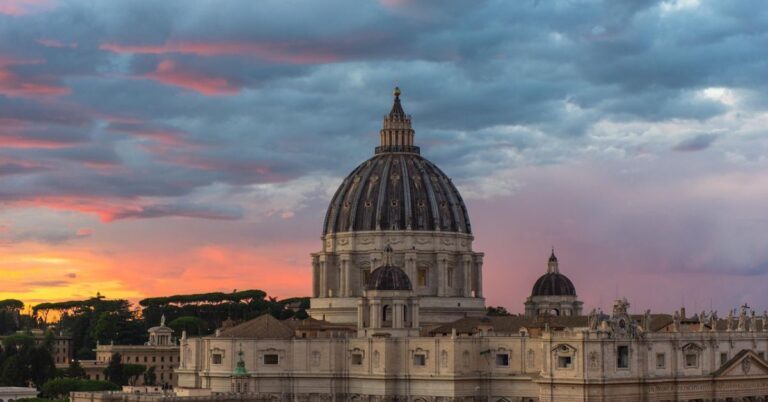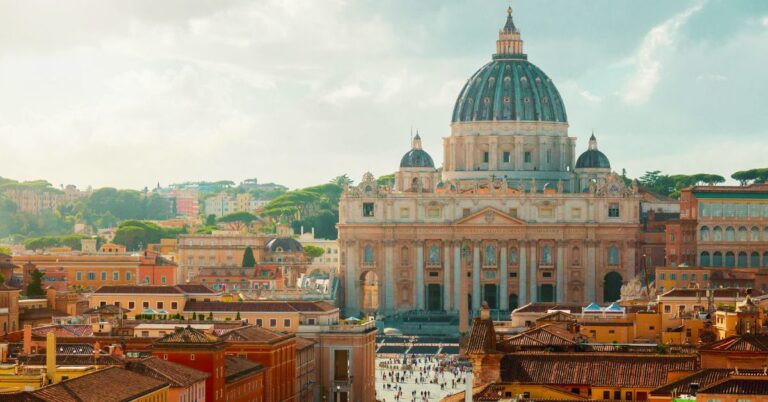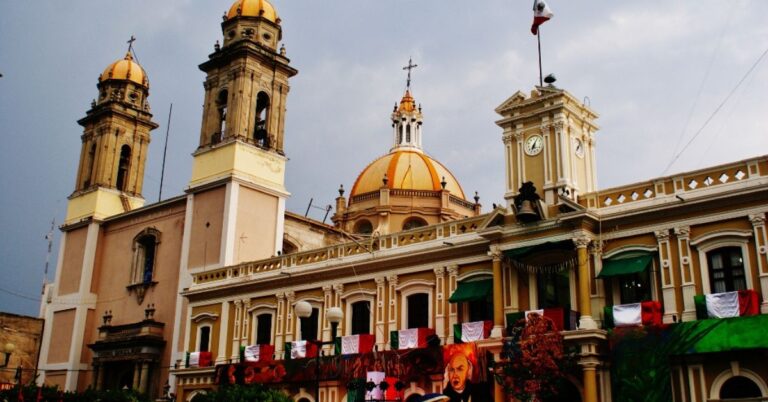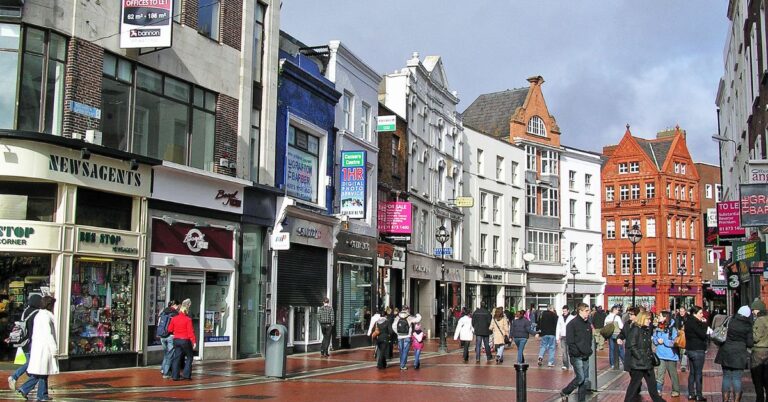25 Historic Cities That Have Remained Unchanged For A Millennium

Ever wondered what it would be like to step back in time and wander through a city that hasn’t changed in a thousand years? Some cities have managed to preserve their charm and character through the ages. Moreover, many preservation efforts have also been taken to preserve these cities. So, let’s take a look at 25 incredible historic cities that have held onto their original beauty, giving you a rare glimpse into the past.
Fez, Morocco
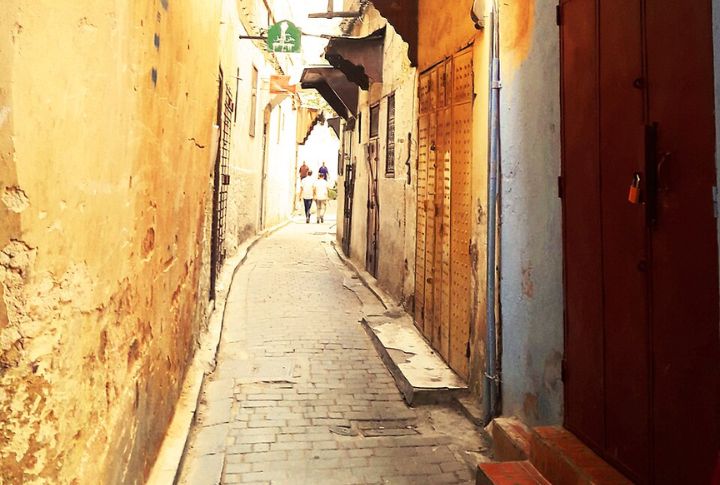
Walking through Fez’s medina feels like slipping into the 9th century. Its labyrinthine alleys, tannery pits, and minarets echo with centuries-old rhythms. Artisans still hammer brass and weave silk by hand, while donkeys remain the delivery trucks of choice in this perfectly preserved imperial city
Siena, Italy
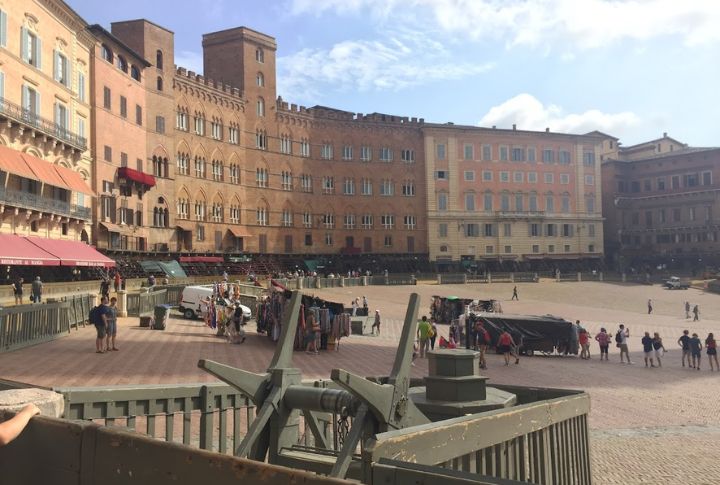
Built on rolling Tuscan hills, this city is a masterpiece of Gothic devotion and fierce independence. Its famed Piazza del Campo still hosts the Palio horse race twice a year, a tradition that has been alive since 1656. Wander through Siena and you’ll find cobblestone streets leading to cathedrals and hand-painted frescoes.
San Gimignano, Italy
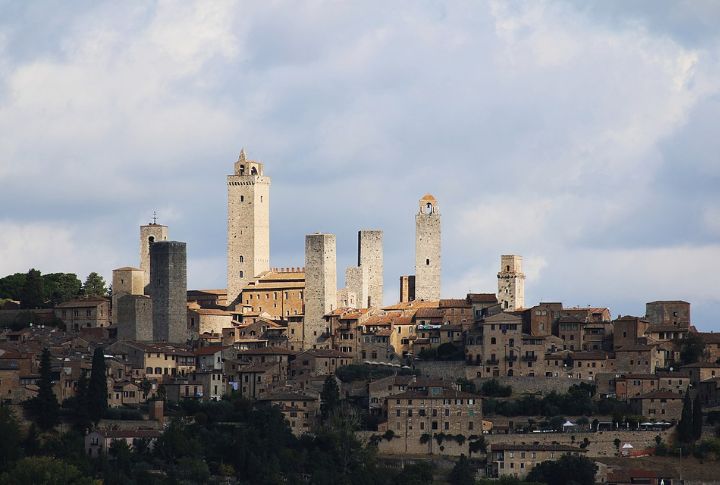
Rising out of Tuscany’s vineyards like a medieval mirage, San Gimignano hasn’t aged a day since the 1300s. Its cluster of tall stone towers—remnants of once-feuding noble families—still dominates the skyline, giving it the nickname “Medieval Manhattan.”
Rothenburg Ob Der Tauber, Germany

This walled town in Bavaria is almost well-preserved, like someone hit pause in the 1600s and never hit play again. Come December, it turns into a Christmas wonderland straight out of folklore. Even the city walls, which you can still walk along, offer the same sweeping views that medieval sentries once guarded.
Bruges, Belgium
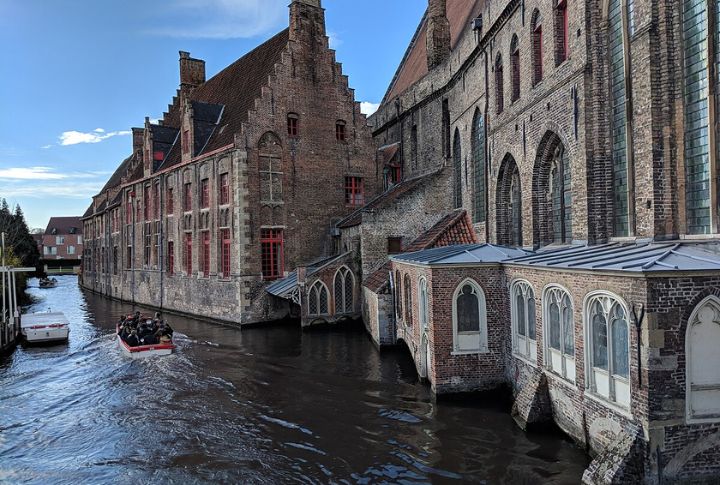
If Venice had a Flemish cousin dressed in lace and chocolate, it would be Bruges. This canal-laced beauty has barely changed since its golden age in the 14th century. Boats still drift silently under stone bridges, and swans glide past merchant homes that once thrived in a bustling trade empire.
Carcassonne, France
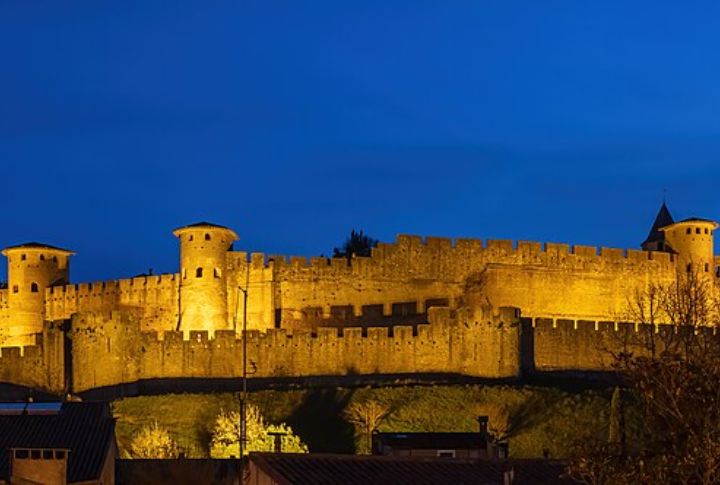
Carcassonne looks like someone dared a daydream to come true. Its double-ringed fortress walls, punctuated by 52 towers, loom dramatically over the Aude River like a scene straight out of a knight’s tale. By twilight, the golden stones seem to glow—and it’s easy to forget the modern world even exists.
Dubrovnik, Croatia
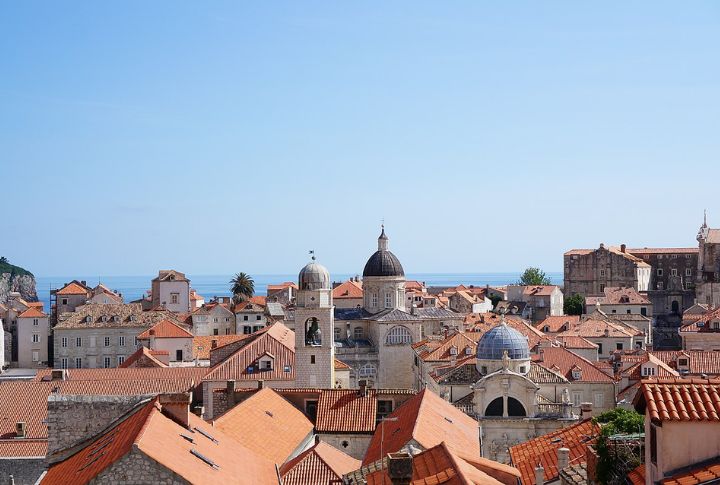
Clinging to the Adriatic coast, Dubrovnik’s marble streets and orange-tiled rooftops suffered damage during the 1991-1992 siege and underwent major restorations. Its Old Town is a fantasy of Gothic, Renaissance, and Baroque elegance—so surreal it starred as King’s Landing in “Game of Thrones.”
Tallinn, Estonia
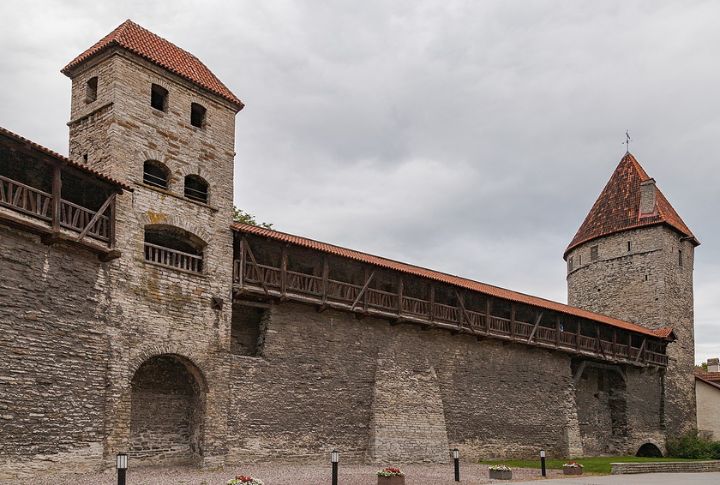
Once a thriving Hanseatic League trading post, Tallinn still hums with echoes of merchants and monks. You can climb ancient watchtowers or sip hot mead in a candlelit tavern. The best part? Locals live and work in these centuries-old buildings, blending medieval charm with modern creativity.
Toledo, Spain
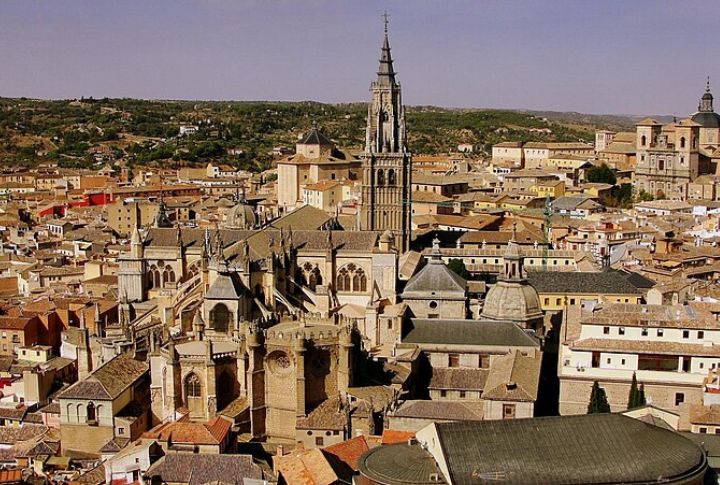
Perched above the Tagus River, Toledo is a dusty, golden city of three cultures woven over a thousand years. Here, Christian cathedrals, Moorish mosques, and Jewish synagogues share space within the city’s ancient walls, which is a living proof of Spain’s multicultural past.
York, England
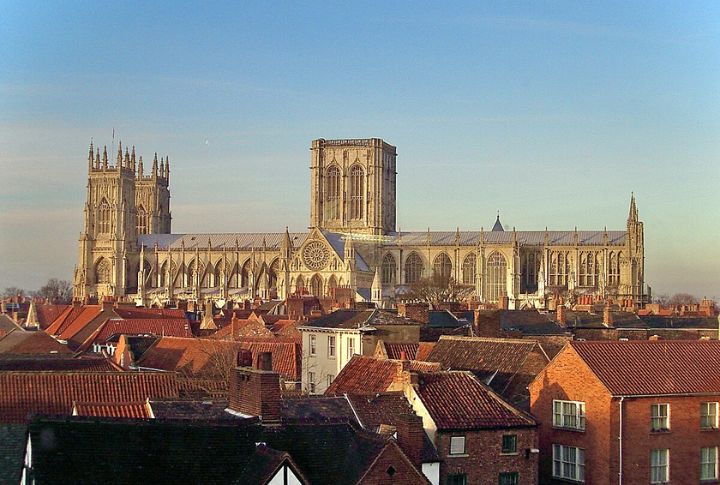
York wears its thousand years like a richly layered cloak. The city’s heart, The Shambles, is a storybook street with overhanging timber-framed shops that once sold meat—and now charm tourists instead. Moreover, the Grand York Minster has watched over the city since the 13th century.
Cesky Krumlov, Czech Republic
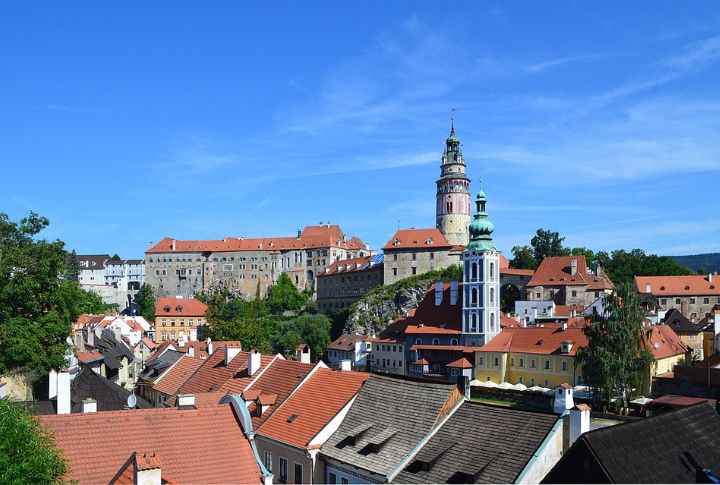
Cesky Krumlov feels like a medieval stage set dropped into a Riverbend and dusted with Bohemian magic. Its candy-colored facades, cobbled lanes, and 13th-century castle perched above the Vltava are picture-perfect. From alchemists to artists, this town has always danced to its own rhythm.
Mdina, Malta

Nicknamed “The Silent City,” this walled jewel traces its bones to the 8th century BCE. Behind heavy gates, candlelit alleys twist through Norman mansions and Baroque facades. Even horse hooves echo like whispers. So, step inside and leave the century outside.
Regensburg, Germany
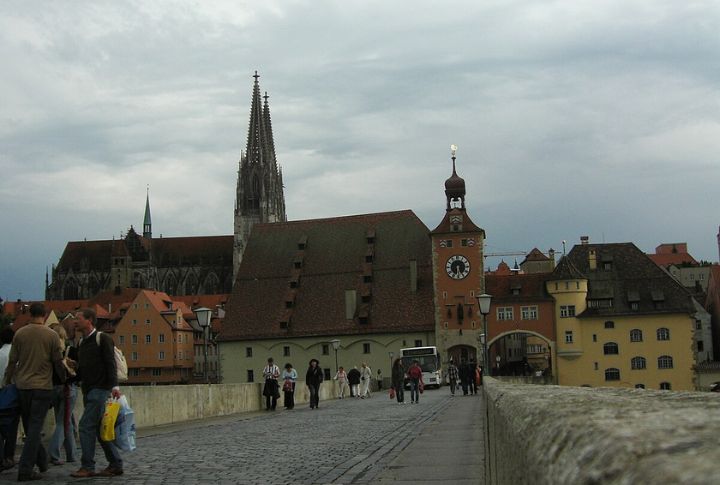
Regensburg wears its Roman roots and medieval glory like a layered outfit of stone. The Danube-side city features over 1,000 protected historic buildings—Gothic churches and Germany’s oldest sausage kitchen still serving bratwurst by the bridge.
Lucca, Italy

This one is a walled wonderland where cyclists outnumber cars and Renaissance rhythms still linger. The intact city walls are now tree-lined paths, perfect for strolling above Romanesque churches and secret gardens. Inside, the medieval streets coil around piazzas like a slow waltz through Tuscan time.
Pingyao, China
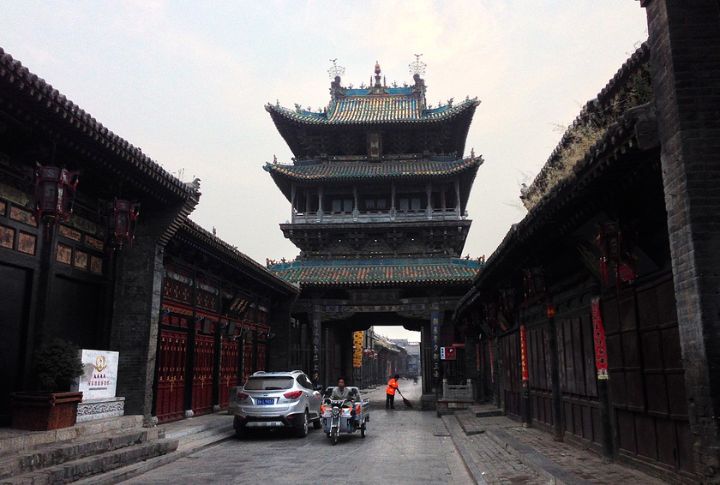
Pingyao is China’s best-preserved glimpse into the Ming and Qing dynasties. Its ancient city wall—complete with 72 watchtowers—encloses a time-frozen world. Once a banking capital, it now trades in timeless charm, with locals living among temples and tiled rooftops.
Avila, Spain
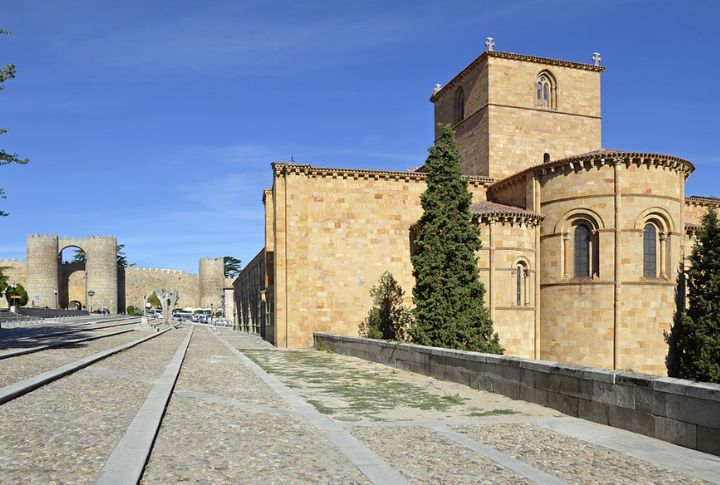
Avila rises from the Castilian plains like a stone mirage—encircled by one of Europe’s most complete medieval walls, spiked with 88 watchtowers. Inside, time slows. Moreover, convents, Gothic cathedrals, and narrow lanes echo the tales of St. Teresa.
Mont Saint-Michel, France
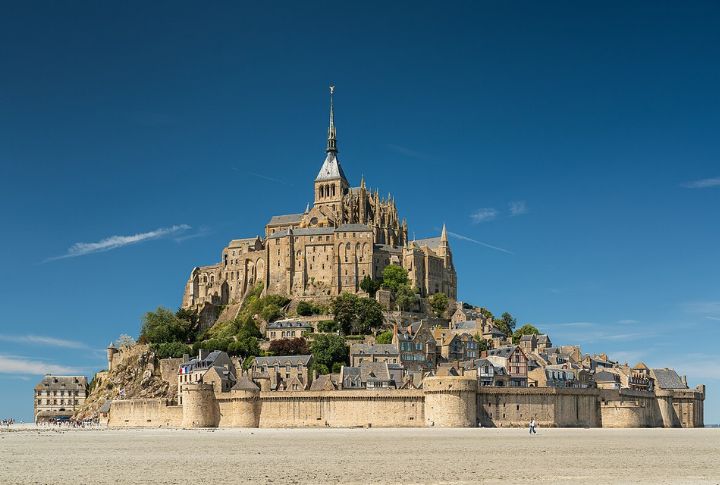
Like a castle adrift in myth, Mont Saint-Michel floats between land and sea on the Normandy coast. Pilgrims once crossed perilous tides to reach its lofty abbey. Today, the tides still dance below, and the island keeps its heart in the 11th century.
Gjirokaster, Albania
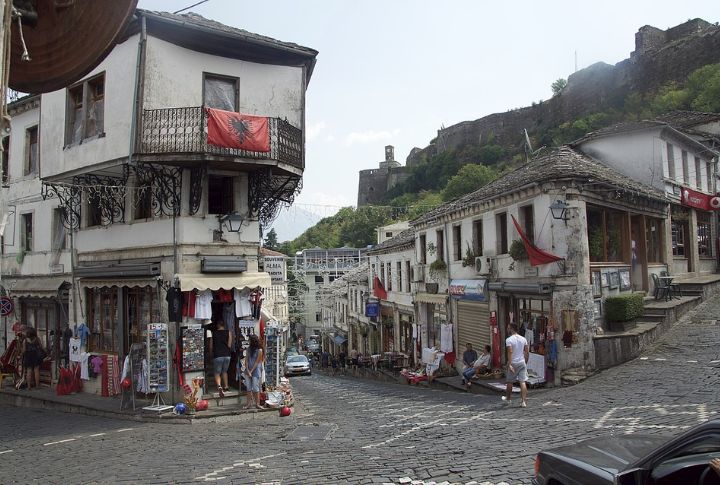
Gjirokaster is a hillside city where slate-roofed houses tumble beneath a brooding Ottoman castle. Known as the “City of Stone,” it whispers Balkan history through winding alleys and fortified mansions. Here, folk music and shadow puppets still echo under the same rooftops that once sheltered sultans and poets.
Lijiang, China

Rivers curl through Lijiang’s ancient streets like silver ribbons. This Naxi city survived earthquakes, Mongols, and modern developers. Since the Song dynasty, its timber homes and stone bridges have stood unchanged. Even its waterwheel still creaks beside markets full of Himalayan herbs and history.
Obidos, Portugal
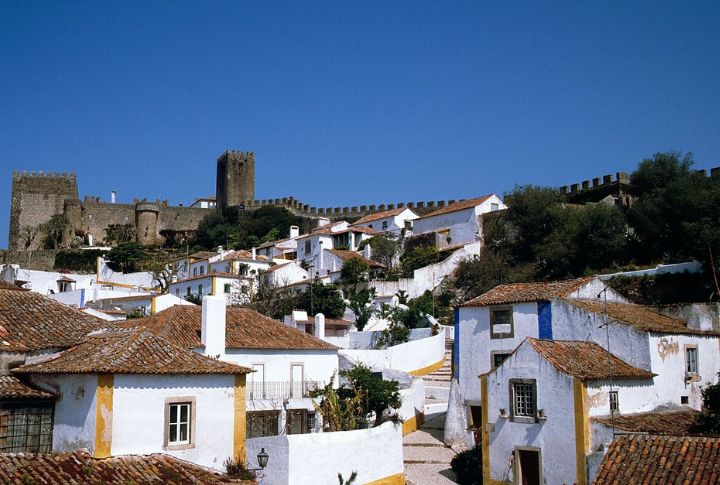
Wrapped in whitewashed walls and crowned by a hilltop castle, Obidos is a love letter in limestone. Once gifted to Portuguese queens, this fairytale village brims with blooming bougainvillea, tiled churches, and winding streets made for hand-holding and daydreaming.
Ani, Turkey
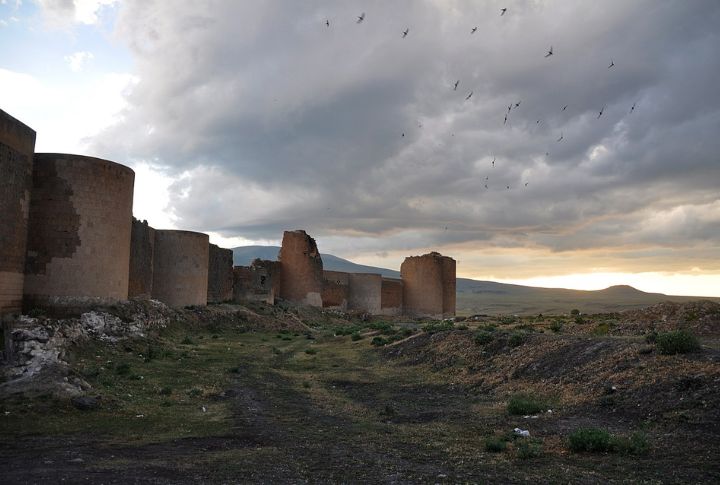
Ani lies on the edge of Turkey like a forgotten epic. Once a thriving Silk Road metropolis of a hundred churches, it’s now a haunting ruin of stone cathedrals and cracked minarets scattered across the steppe. Here, birds nest in broken domes where emperors once worshipped.
Matera, Italy
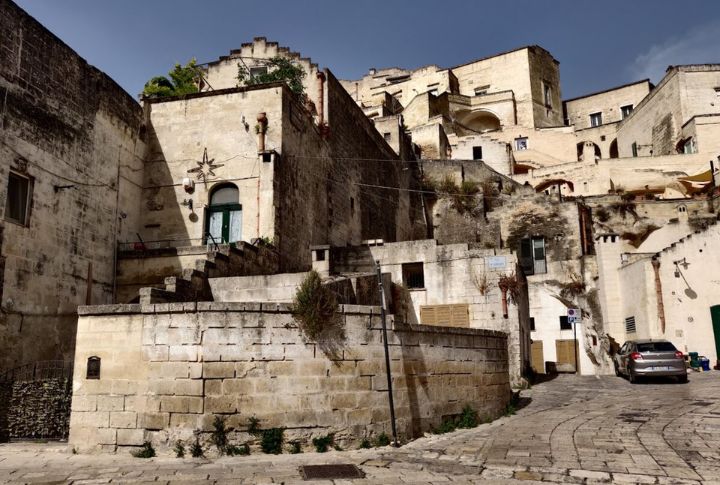
Matera is the city that was carved rather than built. Its ancient cave dwellings—called sassi—have been inhabited for over 9,000 years, making it one of the oldest continuously lived-in places on Earth. It blends humanity and geology into a living museum where the past never truly passed.
Veliko Tarnovo, Bulgaria
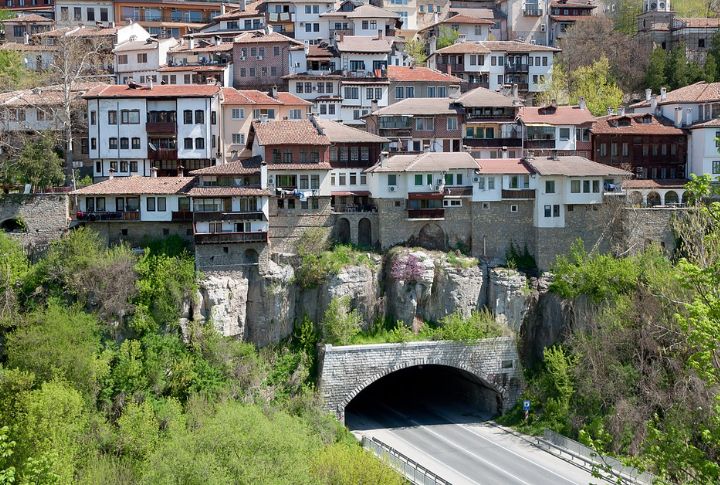
Veliko Tarnovo clings to steep cliffs above the Yantra River, its houses cascading like ancient dominoes. Once the capital of the Second Bulgarian Empire, it still brims with medieval flair—fortresses, cobbled streets, and hanging wooden balconies.
Petra, Jordan

Temples carved by Nabataeans into sandstone walls whisper from 312 BCE. But Petra simply stayed hidden until 1812. Walk the Siq’s narrow canyon, and the Treasury unfolds like magic. “Indiana Jones” wasn’t lying, as this ancient city is Hollywood-level legendary, so no CGI is required.
Varanasi, India
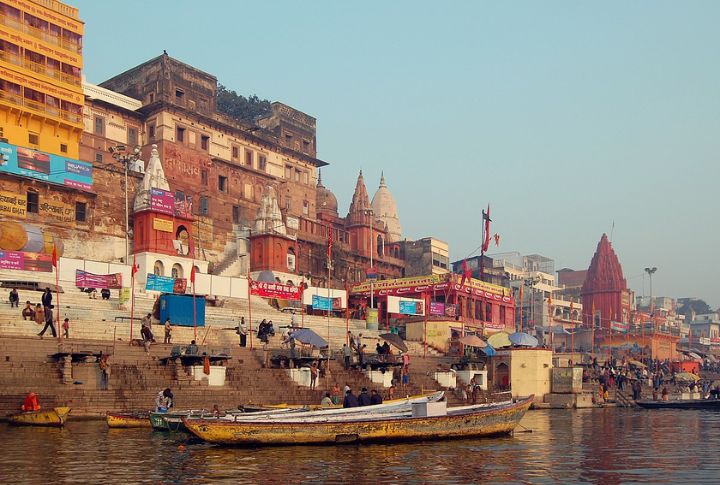
India’s spiritual heart pulses with rituals on the Ganges that haven’t changed in millennia. Pilgrims bathe in sacred waters as cremation fires burn night and day. Narrow alleys lead to temples, cows, and chai stalls, all wrapped in incense smoke and Sanskrit chants.

